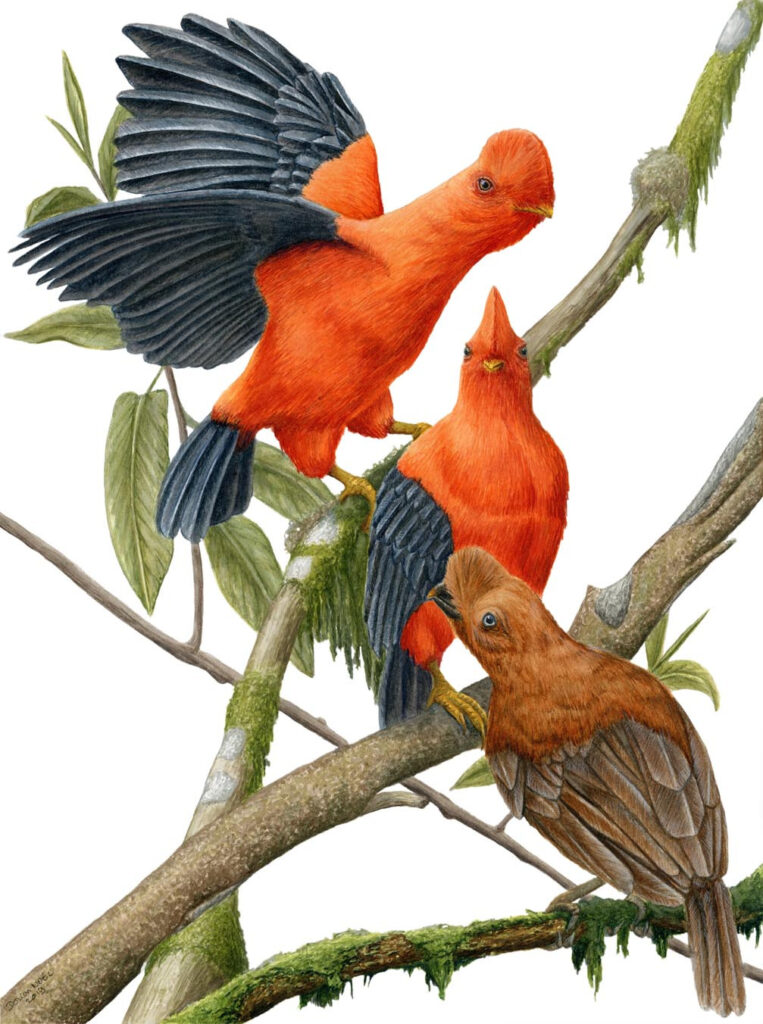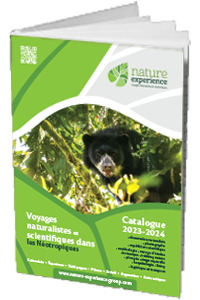Painting Ecuadorian nature on watercolour trips and courses
Ecuador is a true paradise for nature travel enthusiasts, wildlife photographers, and birdwatchers. But it is also an exceptional destination for traveling artists, watercolorists, and naturalist painters seeking to capture the richness of biodiversity and the beauty of its landscapes.
Today, we invite you to discover the world of Francisco Hernandez, an artist passionate about nature and illustration.

Can you tell us about your artistic journey and what led you to become an artist?
Francisco Hernandez : I have been drawing for as long as I can remember. My earliest memories are of myself as a child with a pencil in hand, doodling on paper. At a young age, I also developed a deep fascination for nature, particularly birds. These two passions—drawing and observing wildlife—naturally intertwined. I spent countless hours observing nature and trying to capture it on paper. Over time, my sketches evolved into paintings. My dedication and hard work, combined with my fascination for the natural world, inevitably led me to pursue a career in scientific and naturalist illustration.
What are the main sources of inspiration for your work?
FA : Observing nature, without a doubt. I have witnessed far more breathtaking scenes in the wild than I will ever have the time to sketch or paint. Each encounter with wildlife and landscapes is an endless source of inspiration.
What challenges and joys do you experience while painting in Ecuador’s Chocó region?
FA : Painting in the Chocó region of Ecuador is an immersion into a completely new world. The colors, shapes, and textures—everything is different from what I knew before. Even the scents and sensations influence my work. This rich sensory experience inevitably finds its way into my illustrations and watercolor paintings.

What do participants learn from your watercolour courses in Ecuador?
FA : During our workshops in the heart of Ecuador’s wilderness, participants learn how to capture the essence of the landscape and wildlife in their travel sketchbook. We cover several key techniques, including:
- Sketching a composition in pencil
- Using a limited watercolor palette to bring sketches to life
- Essential techniques for drawing birds, flowers, and rocks
- Managing water in watercolor painting and using contrast for realism
- Enhancing colors to reflect the true hues of nature
Most importantly, I guide them in learning how to see—because careful observation is the key to improving one’s drawing skills.

In your opinion, does naturalist and scientific illustration play a role in conservation?
FA : Absolutely. Naturalist and scientific illustration can play a crucial role in biodiversity conservation. Understanding a species or an ecosystem is the first step toward appreciating and protecting it.
A drawing can spark curiosity and interest because it results from careful observation and deep understanding. Every illustration represents a process of research and study, making it a powerful tool for education and awareness.
An artist, by capturing the beauty of the natural world, adds an emotional dimension that can profoundly impact the viewer. A single image can sometimes raise awareness more effectively than a long speech. This is why illustration is such a valuable educational tool and an essential medium for promoting nature conservation.
Do you have any upcoming artistic projects?
FA : Always! There are many projects constantly taking shape in my mind, and the hardest part is deciding which one to prioritize. Right now, I am particularly interested in studying and painting the large carnivores of the Iberian Peninsula—an exciting new challenge for my artwork.
How can people take part in your workshops?
FA : The watercolour trips and courses organised with Nature Experience can be accessed via their “Watercolour workshops” page, but also on the pages for the various destinations: we currently have two courses available in Ecuador and Colombia. All you have to do is register for these trips to take part.

How can we follow your work?
FA : You can explore my artwork and follow my artistic journey on my website: www.avestrazos.com.


